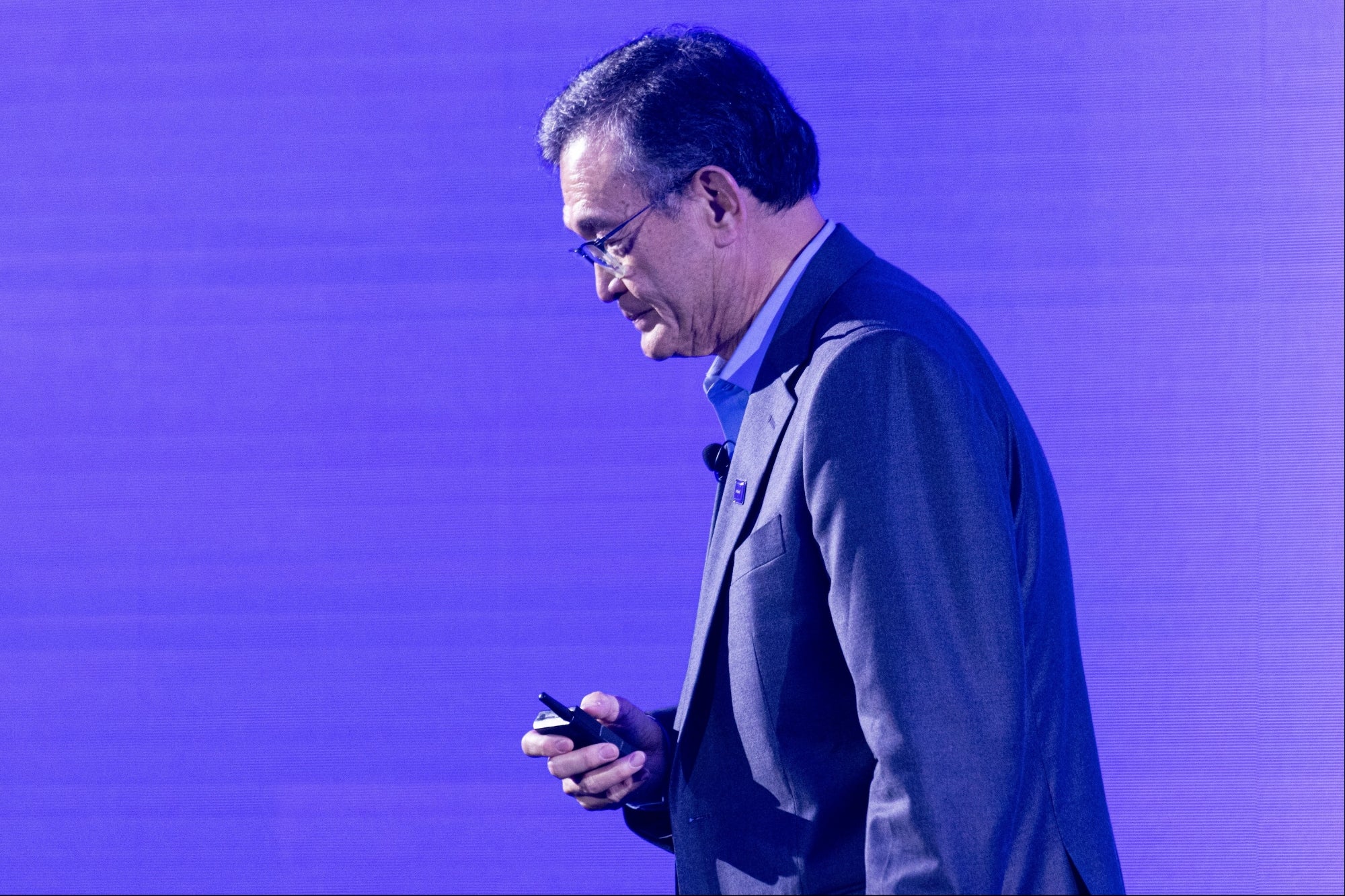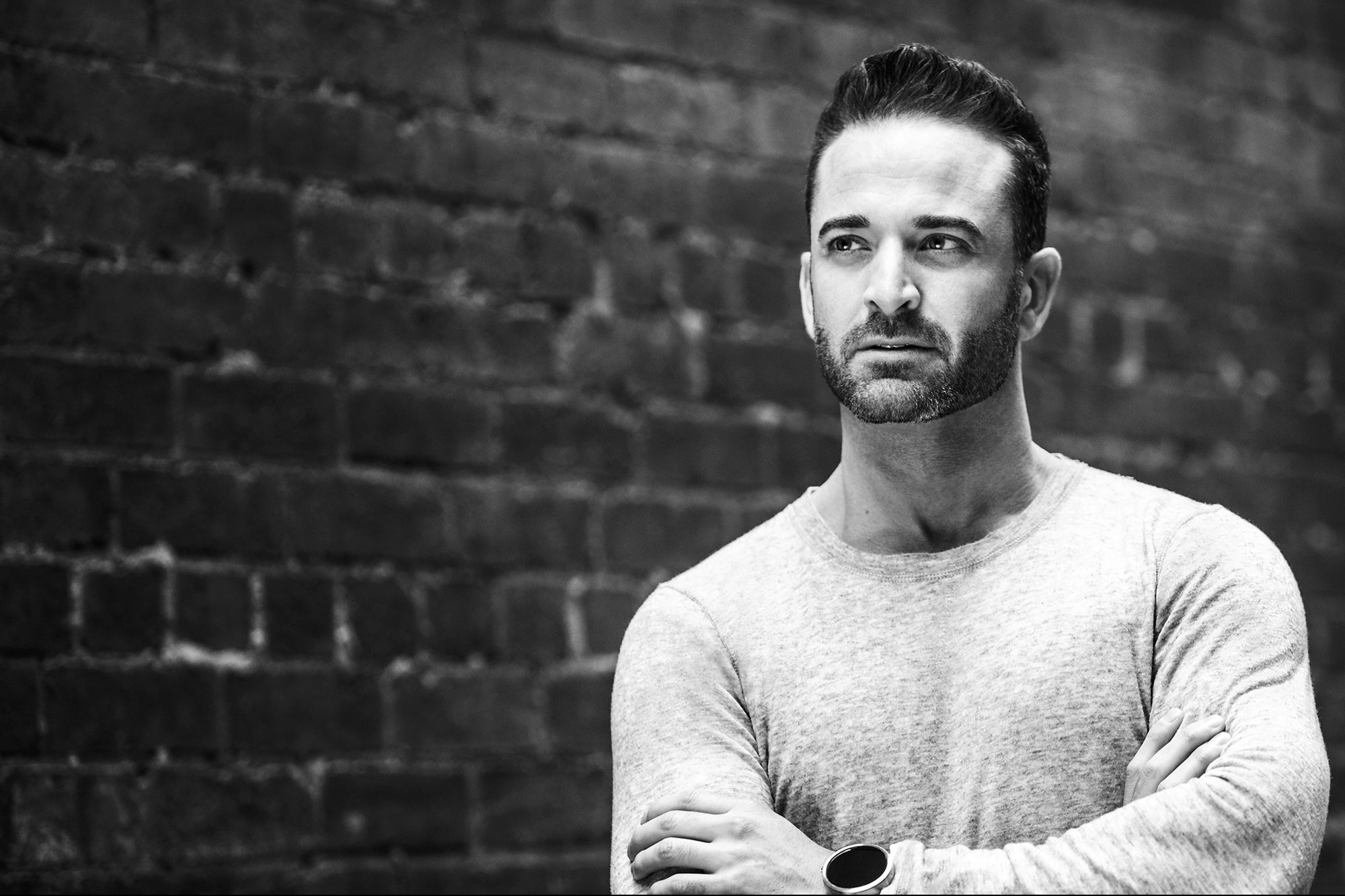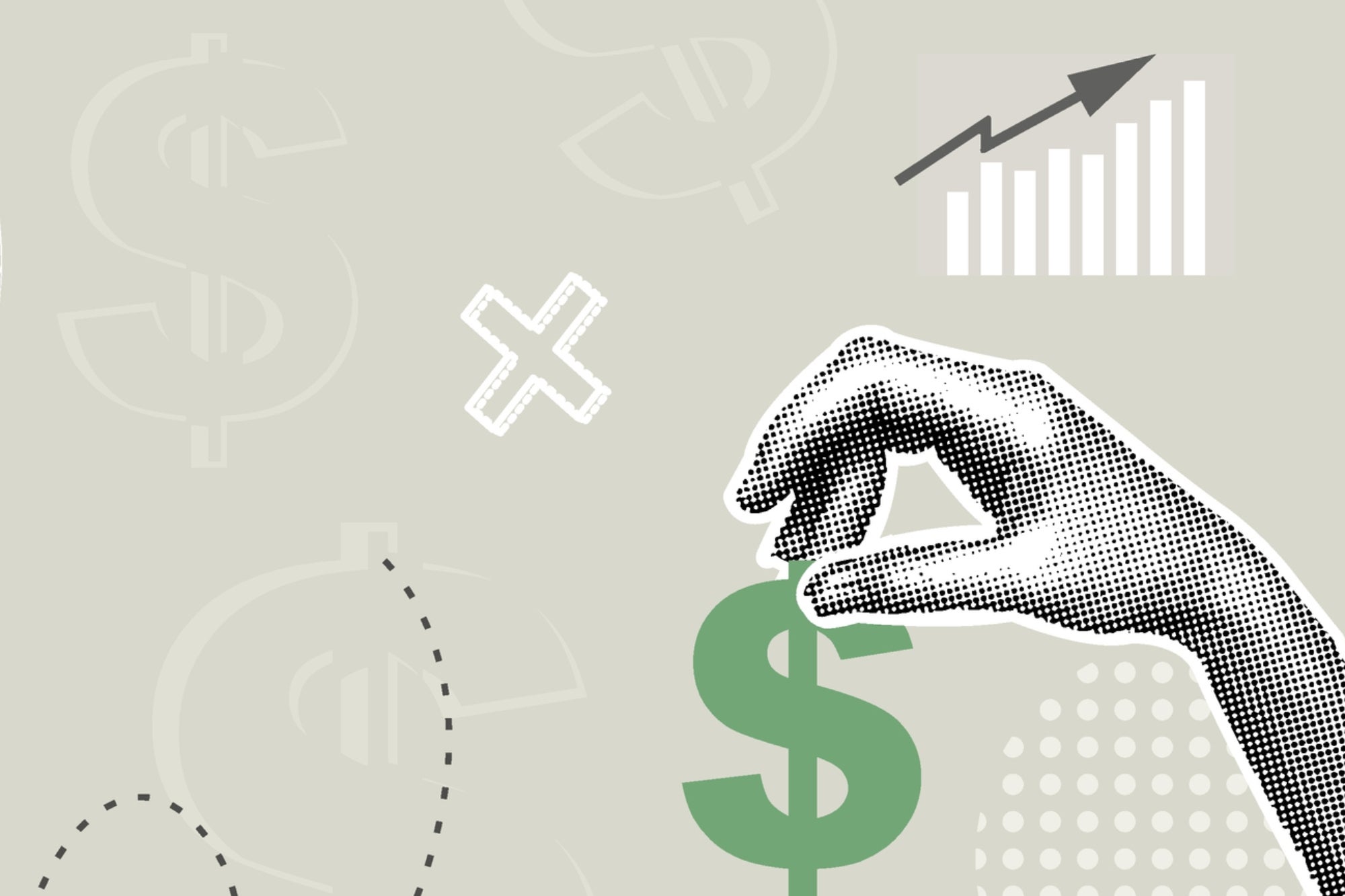5 Ways to Build the Resilience You Need to Succeed Every career includes setbacks and even disasters. Prepare yourself while times are good.
Opinions expressed by BIZ Experiences contributors are their own.

The Boston Red Sox. Robert Downey Jr. Martha Stewart. Everyone loves a good comeback story. Perhaps the most famous example in the business world is Steve Jobs, who was forced out of Apple -- the company he founded -- in 1985. He was 30 years old, and as he said at the time, "What had been the focus of my entire adult life was gone, and it was devastating. … I was a very public failure." But he returned in 1997, and his resilience propelled him to lead Apple to unprecedented success.
Throughout my 35-year career across 10 industries, I've learned five steps for achieving the professional resilience that is necessary for long-term survival in any business. This is something any BIZ Experiences, CEO, VP, associate or recent college graduate can acquire as an advantage in the ever-competitive business world.
1. Be uncomfortable regularly and often.
As a beginning step to developing professional resilience, consistently push yourself into uncomfortable situations. From these situations you will inevitably fail, and gain confidence from your failures. These scenarios happen when you are unfamiliar with the situation, or lack the basic skills and resources needed to achieve your anticipated outcome.
Related: Why You Should Get Comfortable With Being Uncomfortable
2. Change your mindset.
Once you've learned to push yourself out of your comfort zone, you can look at crises and challenges as favorable risks because you've overcome the stress and anxiety of uncomfortable situations. Even when we fail, we can learn and move forward. Whether there is an opportunity to build off of a challenge or crisis, or simply reframe the situation for others, your mindset makes all the difference. Make crises and challenges feel more like opportunities than burdens or risks.
3. Be honest and transparent.
Build vulnerability-based trust through honesty and transparency with your teammates and organization. When doing this, you will develop a resilient self, and in turn be on your way to developing organizational resilience. Dr. George Everly, the executive director of Resiliency Science Institutes, International, articulates the idea that resilience does not have a fixed end point. Resilience is never achieved, it's a continuum that starts with developing a resilient self, then working toward developing a resilient organization.
Related: Embrace True Transparency, and You'll Experience More Success
4. Put your team's needs first.
Adhere to the idea of servant leadership,which is being more concerned with the success of others on your team than your own success. Based on research from Jon R. Katzenbach and Douglas K. Smith, we know this is an underlying necessity of high-performing team success. When building high-performing teams, there is a common attitude of team before self. Once the needs of the team become top priority for everyone, you will have a highly resilient team, and in turn, highly resilient individuals.
5. Don't fear the ambiguous.
Being comfortable with circumstances that have ambiguous outcomes is a builder of resilience. You have the vision, and you know where you want to go as a professional or organization, yet you feel comfortable with the uncertainty of exactly how you're going to get there. A developed tolerance for ambiguity is defined by the comfort you have to take that first step without knowledge of truly where that step will land.
People across all ends of the experience spectrum struggle with professional resilience. It's in our nature to revert back to our comfort zones. But if you can continuously remind yourself to stray away from old habits, you'll be an overall better employee and leader. As Fortune editor Peter Elkind wrote about Steve Jobs when he returned to Apple in 1997, "He had become a far better leader, less of a go-to-hell aesthete who cared only about making beautiful objects."
Jobs' incredible comeback was possible because he had learned from his experience and changed for the better. By developing your own capacity for resilience, you can do the same.
Related: These 5 Steve Jobs Keynotes Will Inspire You to Better Sell Your Ideas











